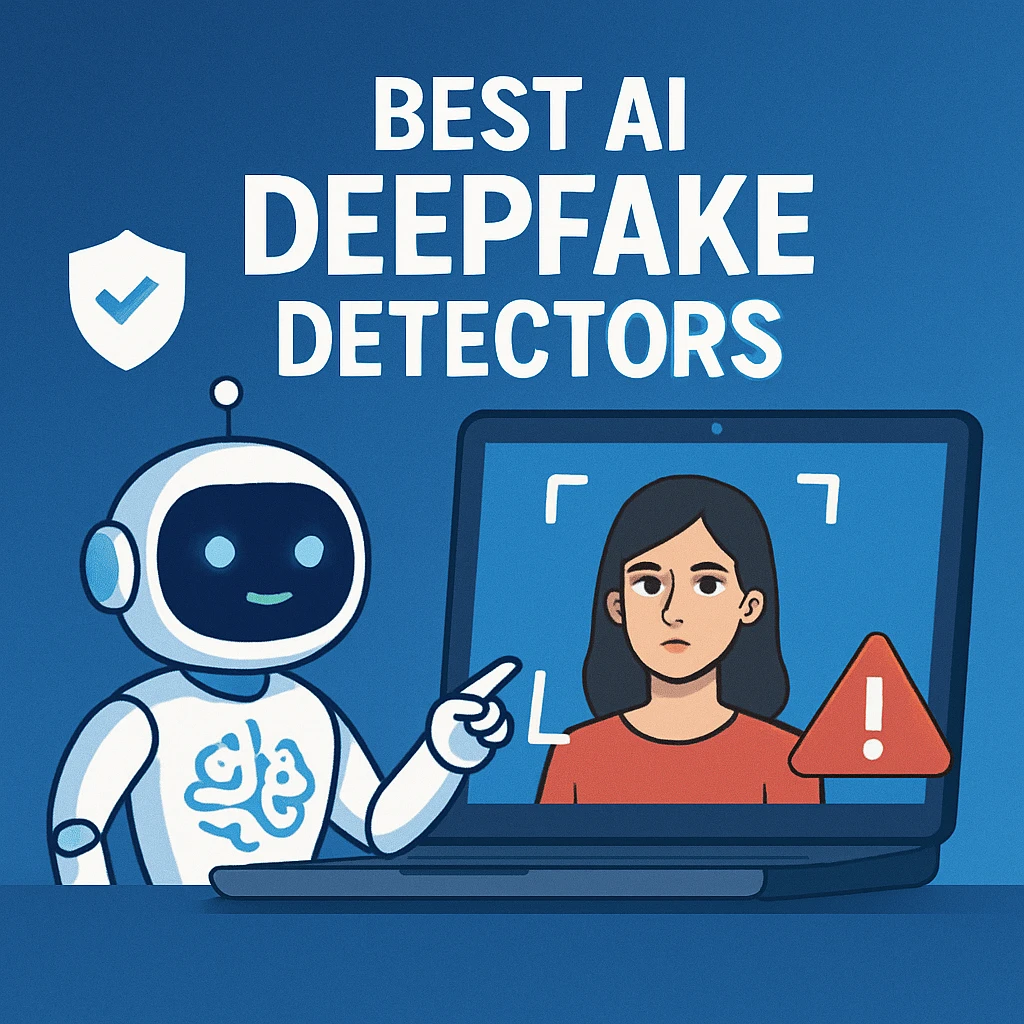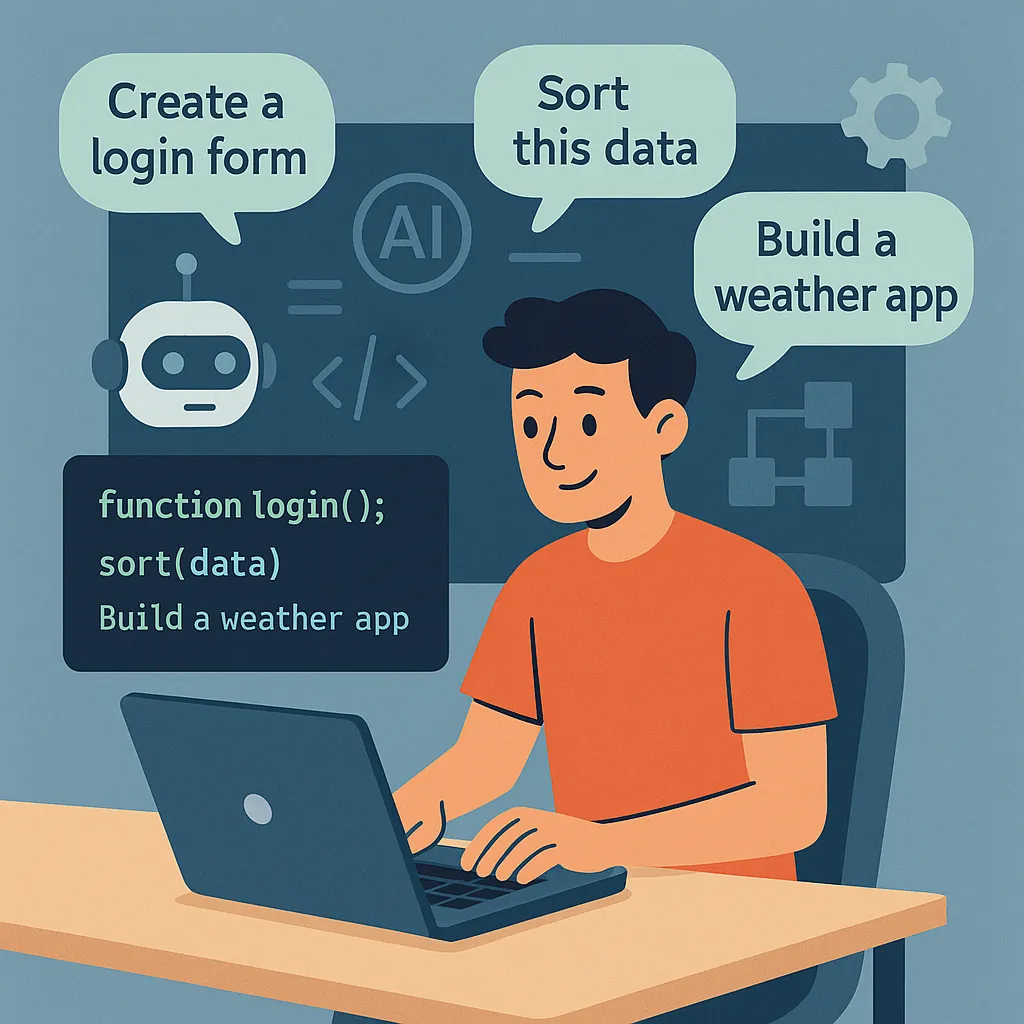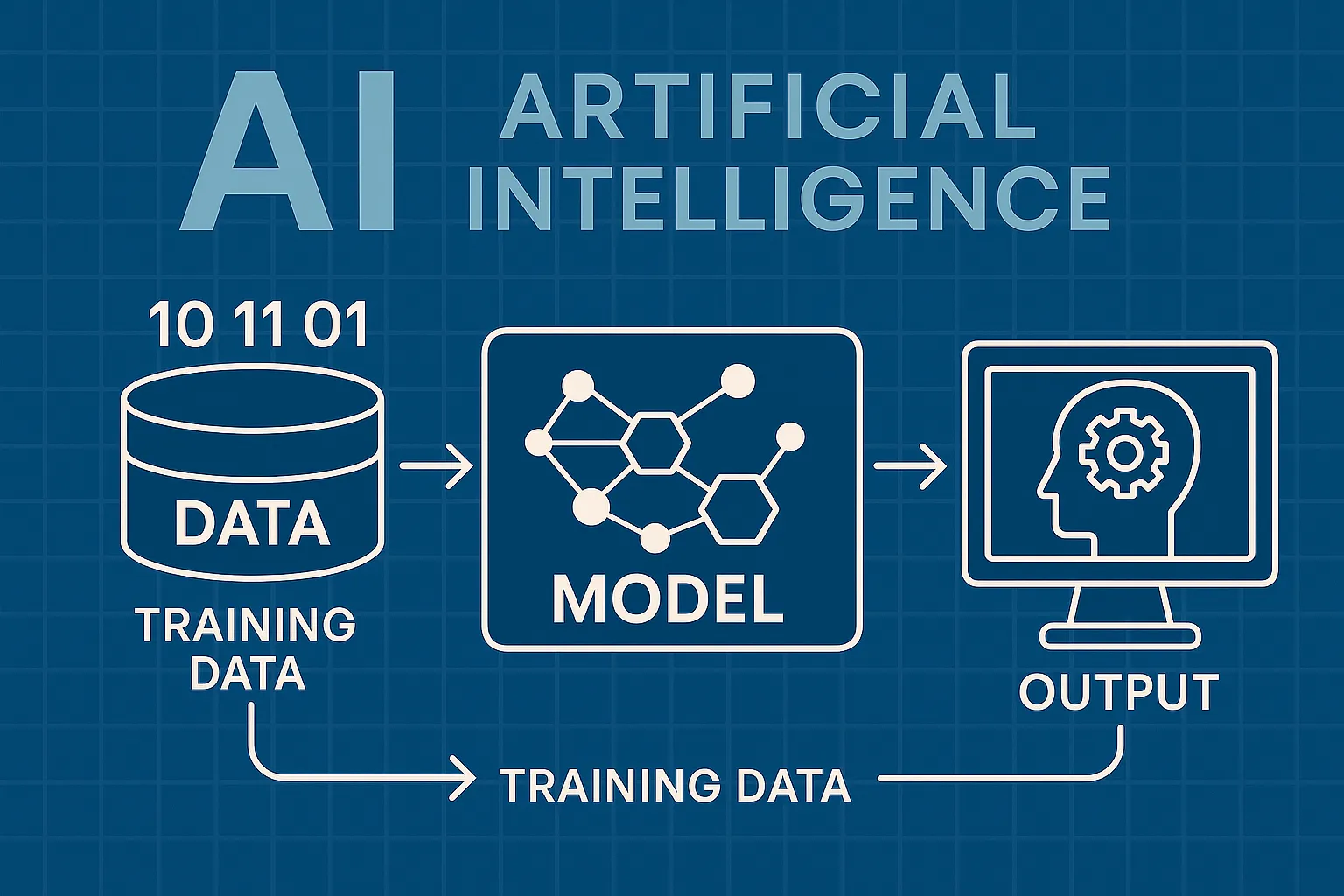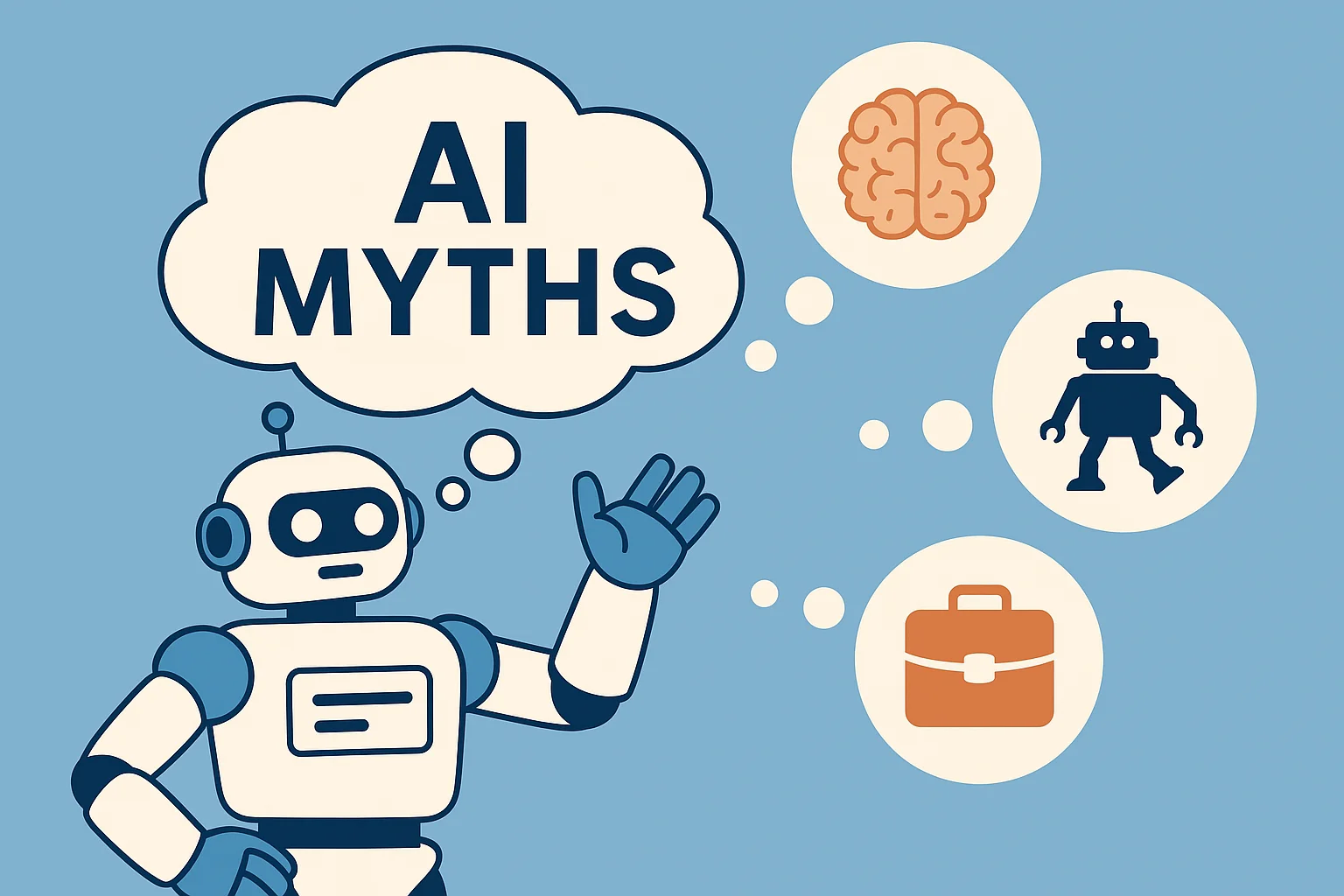AI chat assistants have become a must-have for websites looking to improve engagement, support, and lead generation without constant human oversight. These tools allow you to deploy intelligent chatbots that can welcome visitors, answer FAQs, guide users to the right page, or even qualify leads — all while running 24/7. Whether you're a small business, an ecommerce brand, or a SaaS company, AI-powered assistants can enhance the user experience, reduce response times, and help scale customer interactions efficiently. In 2025, many platforms offer no-code setup, multilingual capabilities, CRM integrations, and adaptive learning from your own content or knowledge base. Some tools specialize in customer service, while others focus on sales, onboarding, or content navigation — making it easy to find the right fit for your goals. This page compares the best AI chat assistants for websites based on ease of setup, pricing tiers, flexibility, and integration support, helping you find a solution that fits your website’s needs and growth stage.

Top Paid AI Chat Assistants for Websites
| Rank | Tool | Best For | Price | Limitations |
|---|---|---|---|---|
| #1 | Intercom (Fin) | Enterprise AI support + live chat | Starts at $39/month | Pricing scales fast |
| #2 | Drift | B2B sales + AI chat automation | Custom pricing | Best for lead gen, not support |
| #3 | Tidio | SMBs, ecommerce stores | $29/month (AI plans) | Free plan very limited |
| #4 | Botpress | Highly customizable AI bots | Free & Pro tiers | Requires more setup |
| #5 | Zoho SalesIQ | Affordable AI + analytics | $10–$25/month | Advanced AI tools on higher plans |
Intercom (Fin)
Intercom’s Fin is a powerful AI support assistant built with OpenAI’s technology, enabling websites to deliver instant, accurate answers 24/7. It pulls from your knowledge base, product docs, or help articles to serve customers in real time, and intelligently routes questions to human agents when needed. Designed for scalability, Fin integrates with CRMs and analytics tools, making it a top choice for SaaS companies and customer-centric businesses. It’s ideal for reducing support ticket volume while improving the overall user experience with quick, context-aware replies.
Drift
Drift focuses on converting website traffic into qualified leads using AI-driven chat workflows. Its assistant engages visitors, qualifies their intent, and automatically books meetings with your sales team — all while syncing with CRM platforms like Salesforce and HubSpot. Drift is especially strong for B2B sites where live reps aren’t always available, offering instant engagement with warm prospects. While it’s geared more toward revenue generation than support, Drift is unmatched in delivering real-time lead qualification at scale.
Tidio
Tidio combines AI chat automation with live chat functionality, making it ideal for small businesses and ecommerce stores. Its Lyro chatbot can be trained on your FAQs, product descriptions, or help docs, offering smart answers and reducing response time. Integration with platforms like Shopify, WordPress, and Messenger make deployment easy. The paid AI plans unlock advanced logic, multilingual support, and automation tools, helping merchants scale customer service and pre-sale support without increasing staff overhead.
Botpress
Botpress is a developer-focused platform for building custom AI chatbots with deep logic, API integrations, and natural language understanding. It’s open source, highly flexible, and integrates with LLMs like GPT-4 or Claude via your own API keys. You can build advanced conversation flows, integrate backend logic, and deploy the bot on websites, apps, or support channels. Botpress is perfect for teams needing custom workflows, multilingual handling, or deep control over chatbot behavior without vendor lock-in.
Zoho SalesIQ
Zoho SalesIQ offers an affordable AI-powered chat assistant with lead scoring, visitor tracking, and website analytics all built in. Designed for small businesses, it combines live chat with a basic AI assistant that learns from your knowledge base. You can trigger proactive messages, segment traffic by behavior, and get rich insights on visitor activity. Its tiered pricing makes it accessible, and it integrates seamlessly with the rest of Zoho’s CRM ecosystem, making it a strong choice for sales-focused teams on a budget.
Top Free AI Chat Assistants for Websites
| Rank | Tool | Best For | Limitations |
|---|---|---|---|
| #1 | Chatbase | Train AI bots on your website | Limited messages on free plan |
| #2 | Tidio (Free) | Basic chatbot + live chat | AI tools gated |
| #3 | Crisp Chat | Simple live chat + integrations | AI assistant in paid plan only |
| #4 | Botsonic | No-code ChatGPT website bots | Credits + branding on free tier |
| #5 | FlowiseAI | Visual LLM chatbot builder | Self-hosting required |
Chatbase
Chatbase lets you upload your own content — like website pages, PDFs, or help docs — to train a ChatGPT-powered bot that answers visitor questions with context. The setup is code-free, and you can embed the assistant on your site via a simple widget. It’s ideal for personal sites, blogs, or early-stage startups testing AI chat without a budget. The free tier includes a limited message quota but still provides meaningful value for small-scale use or prototyping AI support workflows.
Tidio (Free)
Tidio’s free plan includes a basic live chat widget and chatbot templates for automating common replies. While AI features like Lyro require a paid upgrade, the core system lets users respond manually or use rule-based bots to engage customers. It's a reliable entry point for solopreneurs and small websites looking to offer real-time support without investing upfront. Integration with platforms like Shopify and email marketing tools helps unify customer engagement into a single dashboard.
Crisp Chat
Crisp offers free live chat with a modern UI, multi-device support, and basic automation tools. It’s great for startups and small teams looking to centralize messages from email, Messenger, and website chat in one inbox. While its AI assistant is part of the paid plan, the free version still provides powerful features like canned replies, file sharing, and a shared team inbox. For those needing a polished support solution with room to scale later, Crisp is a smart pick.
Botsonic
Botsonic is a no-code AI chatbot builder that lets users upload documents or link to web pages to create GPT-powered bots. You can then embed the assistant as a floating widget or iframe on your site. The free plan includes limited usage and branding but is enough for small websites or MVPs testing conversational AI. Botsonic also supports API integration and custom styling, making it suitable for creators, educators, or businesses looking to offer helpful support without coding.
FlowiseAI
FlowiseAI is an open-source visual builder for LLM agents, allowing developers to create advanced chatbots using drag-and-drop logic and LangChain integrations. Ideal for tech-savvy users, it enables workflows with memory, external data fetching, and fine-tuned control over chatbot behavior. You can self-host for full data privacy or deploy on Vercel and other cloud platforms. While it requires technical setup, FlowiseAI provides unmatched customization for anyone building tailored, high-performance AI assistants.
Rankings

Chatbots
AI chatbots have quickly evolved from simple assistants into powerful, multi-purpose tools used by millions of people every day...

Image Generators
AI image generators are revolutionizing the way creatives, marketers, and developers produce visual content by transforming text prompts into detailed, customized...

Writing Assistants
AI writing assistants have become indispensable tools for anyone who writes — from students and bloggers to business professionals and marketers...

Deepfake Detection
As deepfake technology becomes more advanced and accessible, detecting AI-manipulated content is now a critical challenge across journalism, education, law, and...

Productivity & Calendar
AI productivity and calendar tools have become essential for professionals, entrepreneurs, and students looking to make the most of their time without getting overwhelmed...

Natural Language To Code
Natural language to code tools are transforming software development by enabling users to build apps, websites, and workflows without needing advanced programming...
Blog

How AI Actually Works
Understand the basics of how AI systems learn, make decisions, and power tools like chatbots, image generators, and virtual assistants.

What Is Vibe Coding?
Discover the rise of vibe coding — an intuitive, aesthetic-first approach to building websites and digital experiences with help from AI tools.

7 Common Myths About AI
Think AI is conscious, infallible, or coming for every job? This post debunks the most widespread misconceptions about artificial intelligence today.

The Future of AI
From generative agents to real-world robotics, discover how AI might reshape society, creativity, and communication in the years ahead.

How AI Is Changing the Job Market
Will AI replace your job — or create new ones? Explore which careers are evolving, vanishing, or emerging in the AI-driven economy.

Common Issues with AI
Hallucinations, bias, privacy risks — learn about the most pressing problems in current AI systems and what causes them.